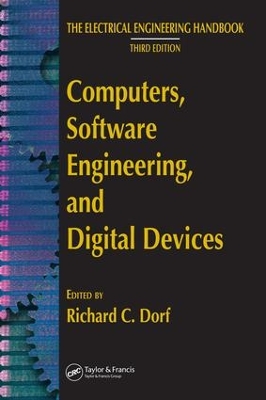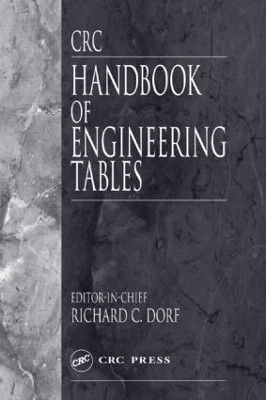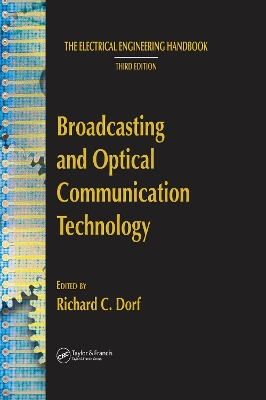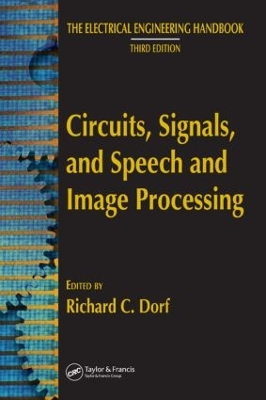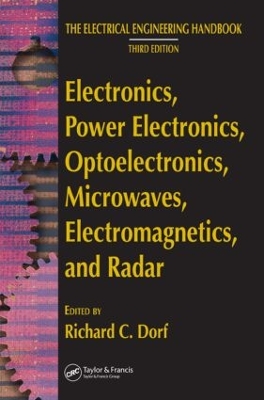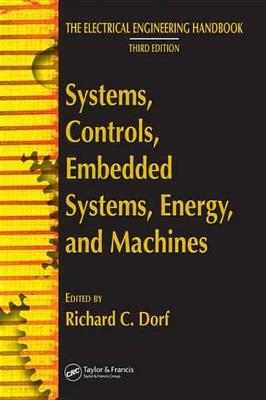The Electrical Engineering Handbook
7 total works
In two editions spanning more than a decade, The Electrical Engineering Handbook stands as the definitive reference to the multidisciplinary field of electrical engineering. Our knowledge continues to grow, and so does the Handbook. For the third edition, it has expanded into a set of six books carefully focused on a specialized area or field of study. Each book represents a concise yet definitive collection of key concepts, models, and equations in its respective domain, thoughtfully gathered for convenient access.
Computers, Software Engineering, and Digital Devices examines digital and logical devices, displays, testing, software, and computers, presenting the fundamental concepts needed to ensure a thorough understanding of each field. It treats the emerging fields of programmable logic, hardware description languages, and parallel computing in detail. Each article includes defining terms, references, and sources of further information.
Encompassing the work of the world's foremost experts in their respective specialties, Computers, Software Engineering, and Digital Devices features the latest developments, the broadest scope of coverage, and new material on secure electronic commerce and parallel computing.
The most important tables from every engineering discipline in one volume collected from the best, most authoritative references in the business--it's now more than wishful thinking. The CRC Handbook of Engineering Tables makes it a reality. The most frequently consulted tables and figures from CRC's acclaimed engineering handbooks are gathered together to provide a one-stop resource for the data that engineers around the world rely upon.
Organized by engineering specialty and extensively indexed, this handbook is designed for fast, convenient access and is one reference you'll want to keep close at hand throughout your career.
In two editions spanning more than a decade, The Electrical Engineering Handbook stands as the definitive reference to the multidisciplinary field of electrical engineering. Our knowledge continues to grow, and so does the Handbook. For the third edition, it has expanded into a set of six books carefully focused on a specialized area or field of study. Each book represents a concise yet definitive collection of key concepts, models, and equations in its respective domain, thoughtfully gathered for convenient access.
Circuits, Signals, and Speech and Image Processing presents all of the basic information related to electric circuits and components, analysis of circuits, the use of the Laplace transform, as well as signal, speech, and image processing using filters and algorithms. It also examines emerging areas such as text-to-speech synthesis, real-time processing, and embedded signal processing. Each article includes defining terms, references, and sources of further information.
Encompassing the work of the world's foremost experts in their respective specialties, Circuits, Signals, and Speech and Image Processing features the latest developments, the broadest scope of coverage, and new material on biometrics.
Electronics, Power Electronics, Optoelectronics, Microwaves, Electromagnetics, and Radar
by Richard C Dorf
Electronics, Power Electronics, Optoelectronics, Microwaves, Electromagnetics, and Radar delves into the fields of electronics, integrated circuits, power electronics, optoelectronics, electromagnetics, light waves, and radar, supplying all of the basic information required for a deep understanding of each area. It also devotes a section to electrical effects and devices and explores the emerging fields of microlithography and power electronics. Articles include defining terms, references, and sources of further information.
Encompassing the work of the world's foremost experts in their respective specialties, Electronics, Power Electronics, Optoelectronics, Microwaves, Electromagnetics, and Radar features the latest developments, the broadest scope of coverage, and new material in emerging areas.
